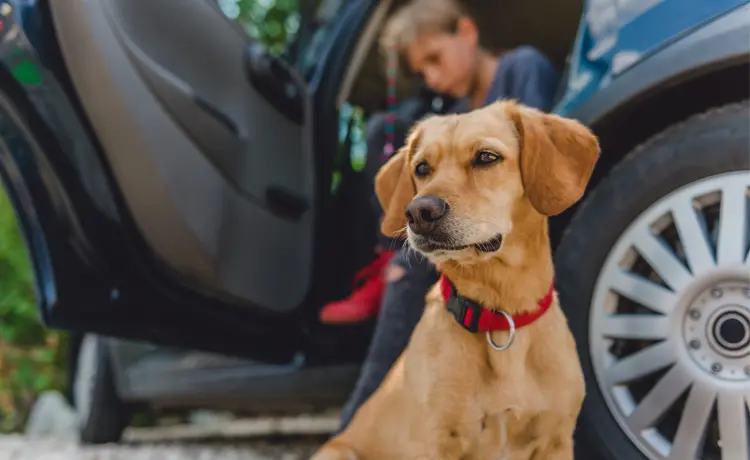When disaster strikes, it can send us all into panic mode. We hurriedly secure our homes, gather important belongings and make sure loved ones are safe and taken care of. However, in the pandemonium that can accompany an emergency, we might forget about the needs of our pets. Don't wait until alarms are sounding or floodwaters are rising to start doing your homework on pet preparedness.
Pet Preparedness Starts Before the Storm
Some elements of a pet preparedness plan come easy, such as extra food and bottled water for your animals. Just as their human counterparts, they won't be able to consume contaminated water or food. Your pet emergency kit should also include waste bags, toys and blankets. Once you have a special kit put together for your animals, store it in a place that's easy to get to. There might be a time where you aren't able to weather a disaster in your home, and you need to go to a shelter. Some shelters accept pets and some don't (unless it's a service animal), so it's worthwhile to do your research ahead of time.- Call local animal shelters, an animal control facility or your emergency management office for more information.
- Contact friends or relatives out of town who may be able to care for your pets, and have an emergency plan in place for transport. Also consider having a plan for someone to evacuate your pet if you aren't able to do so.
Keeping Pets Safe During a Disaster
Use pet-friendly rooms if you are instructed to stay in your home during a disaster.- Choose a room with no windows.
- Remove items that may be toxic to your animals (plants, harsh chemicals).
- Shut off smaller areas where your pets could crawl into and possibly get stuck (in vents, under couches or other furniture).
If during the disaster, you can't find your pet, check all places they usually go for comfort (under beds or couches or in closets). It's also important to remember that a stressed animal might behave differently than normal. You might think about using a muzzle to prevent bites or, if you have multiple animals, keeping them separated if they start to act aggressively due to anxiety.Never leave pets outside during a disaster. Bring them in early to prevent them from running away.
What to Do If You Get Separated
If you happen to become separated from your pet during a disaster, contact local animal shelters and animal control facilities to see if your pet has been found. Posting photos of your pet in the area can also help people to spot it. There are specific websites that can also help you, including The Center for Lost Pets.Once your pet has been found, make sure to take them to the veterinarian as soon as possible so they can have a check-up. Remember: Disasters and emergencies come on swiftly and in various forms. They could last only a few hours to much, much longer. Make pet preparedness a priority to keep your pet safe in any situation. Book a demo with an Account Manager to learn more about how to keep your community connected and prepared during any emergency with the QuickSeries UNITE appHaving your pet microchipped can be an immense help in getting you two reunited. Even if they have collars and tags, these could get lost.
